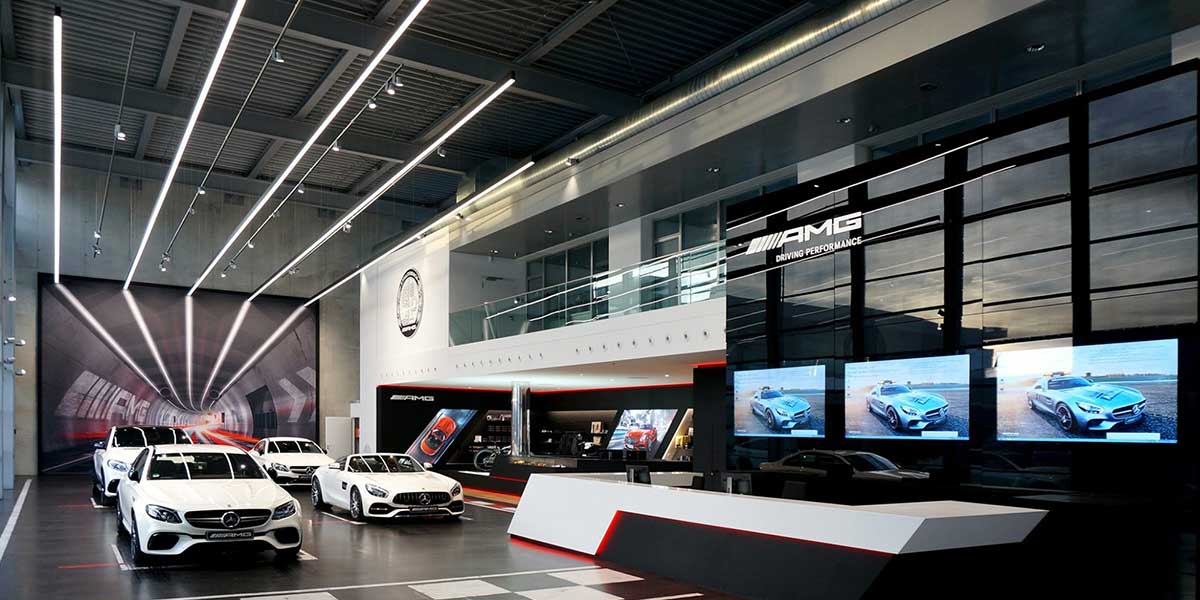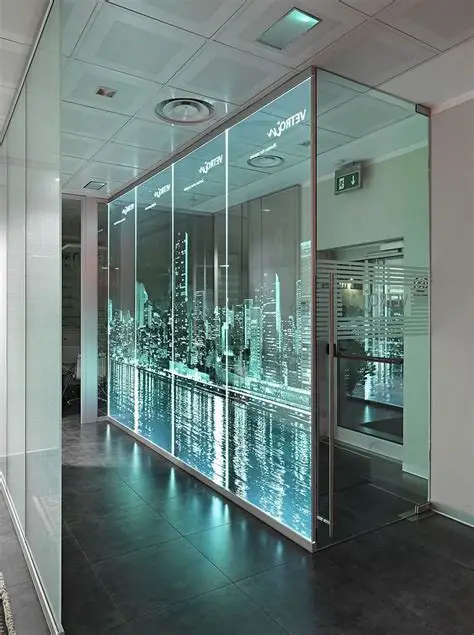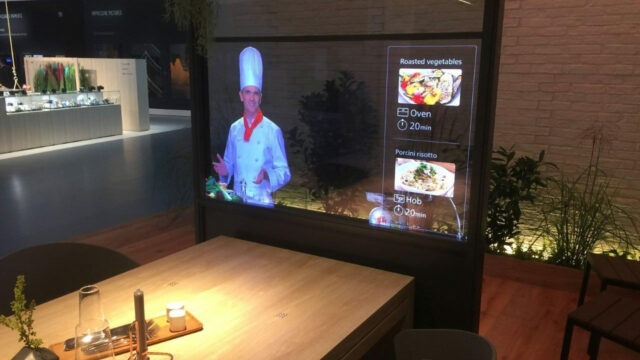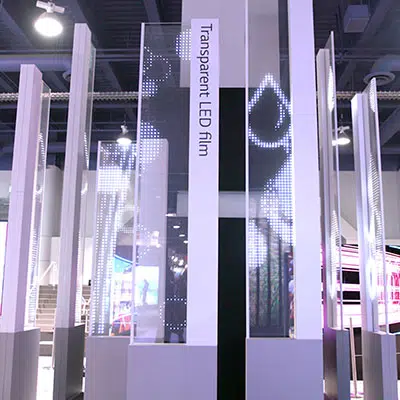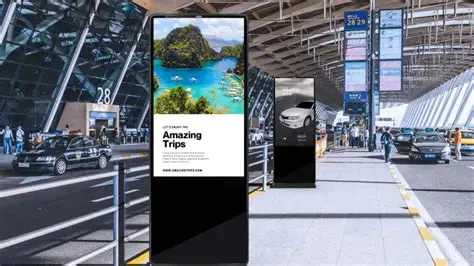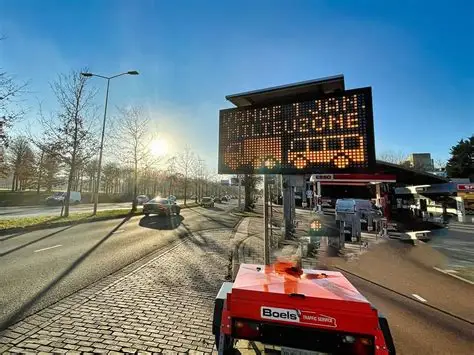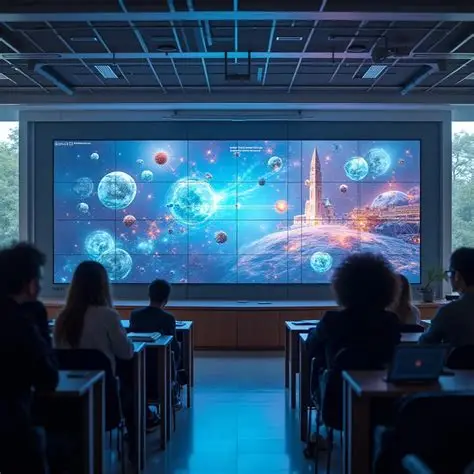Walking past a dealership window, you might see a sleek sports car showcased behind a vibrant, semi-transparent screen displaying animated graphics that highlight its horsepower, trim options, or safety features. This isn’t just eye candy—it’s a car dealership window screen: an immersive, see-through digital canvas that is transforming how dealerships present vehicles to customers. Drawing from collaborations with auto brands and dealership experiential teams, I can confidently say this tech is not just flashy—it’s strategic.
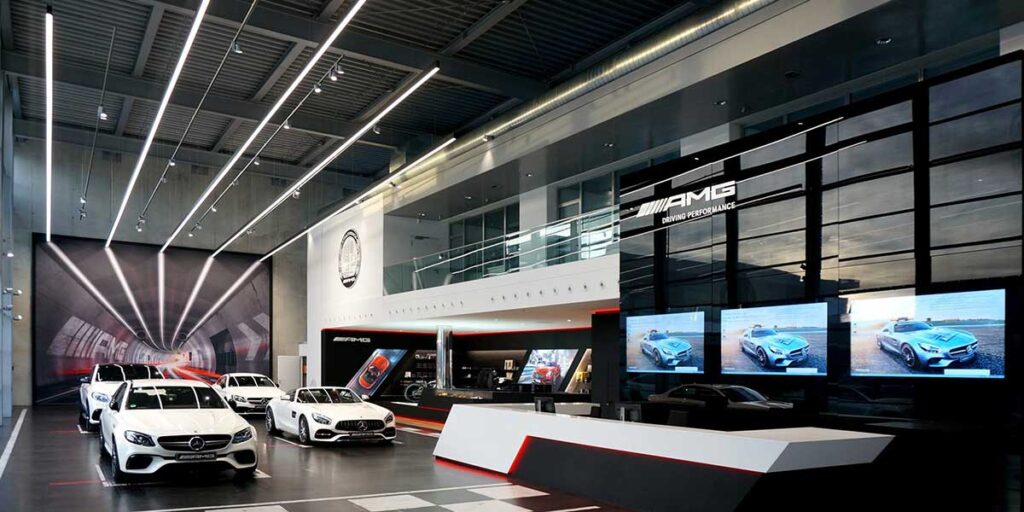
What Exactly Is a Car Dealership Window Screen?
A car dealership window screen—also often referred to as a see-through advertising screen or transparent LED display—is a high-brightness digital panel integrated directly onto showroom windows. These screens leverage ultra-thin LEDs embedded in transparent glass, creating vivid visuals while preserving up to 90% visibility of the automobiles behind them. They transform showroom frontages into dynamic, interactive product showcases.
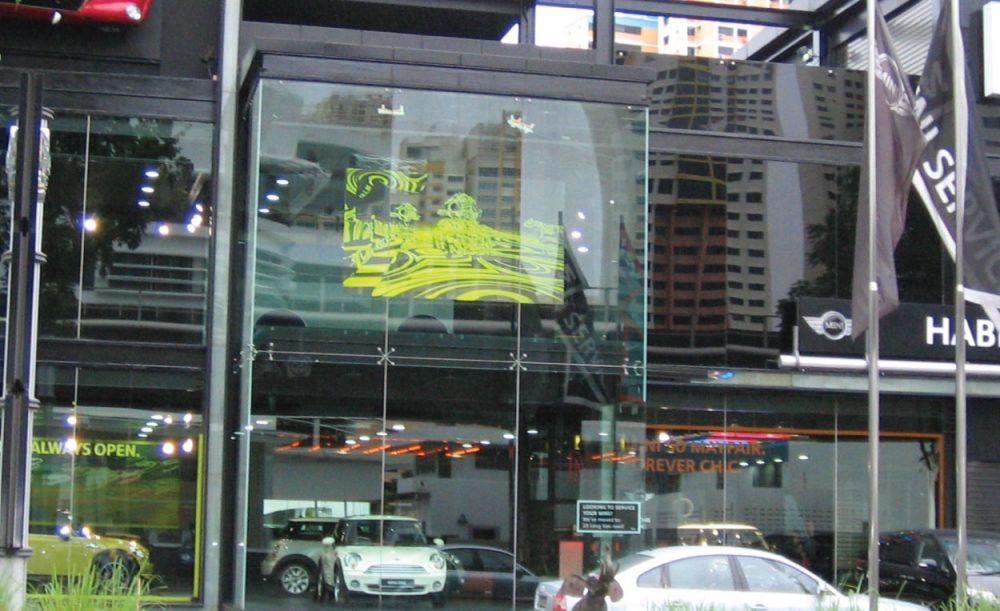
The Core Technology Behind These Car Dealership Window Screens
These screens are essentially large, transparent LED corridors. Using a grid of LEDs on a glass substrate, they produce visuals superimposed directly onto real vehicles. Pixel pitches often range from P2.5 to P4, delivering crisp detail close up. With 4,500 to 6,500-nit brightness—high enough to remain legible even in direct sunlight—content remains punchy without washing out.
Touch and gesture-capable variants offer interactivity: customers can swipe through trim options, wheel finishes, and interior choices directly on the window. Advanced setups even sync with vehicle telemetry, overlaying animations onto real-time dashboards, fostering a dynamic sense of engagement.
Why Dealerships Love Window Screens
1. Capture Attention with Impact
Driving by a dealership should never feel passive. By combining physical cars with window display advertising screens, showrooms grab attention—especially on busy urban thoroughfares. Studies report a 25% increase in showroom traffic after window screen installations in retail settings. In automotive use cases, interactivity has boosted inquiry calls by 68% versus static displays.
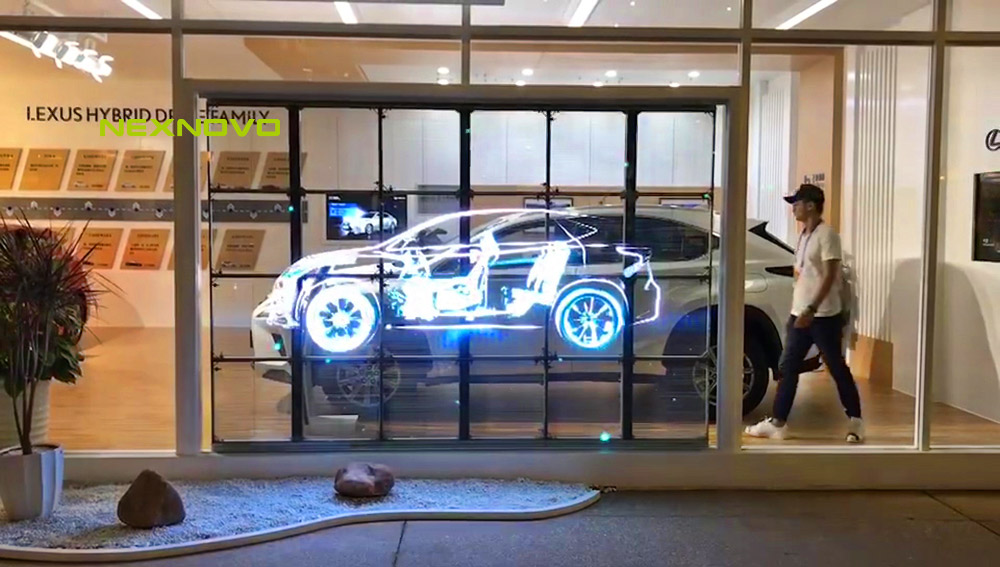
2. Optimize Floor Space
Traditional showroom setups demand physical kiosks and configurator spaces. Transparent LED panels eliminate bulky physical stations, reclaiming valuable floor space. A Tesla showroom in Dubai reclaimed 410 m², accommodating nine more cars just by replacing static kiosks with LED screens.
3. Create a Story-Driven Experience
These panels layer animations—battery visuals, custom features, driving simulations—onto real vehicles. This immersive storytelling encourages customers to linger and form emotional connections before stepping inside the dealership.
4. Update Content Instantly
Forget printed signs. Content can be updated remotely via CMS, allowing dealerships to push seasonal deals, new trims, and event banners in real time. This flexibility transforms digital marketing storefronts into live media channels.
5. Maintain Natural Light & Visibility
With 70–90% transparency, window screens don’t block daylight or line of sight—unlike traditional LEDs that blackout the store view. Customers still see inside the showroom while being guided by digital flair.
6. Eco-Friendly & Cost-Efficient
Transparent screens use 30–50% less energy than conventional signage and require minimal upkeep due to modular design . Over time, they outshine static or neon solutions in both impact and ROI.
Real-World Dealer Installations
Audi – Tokyo
By syncing a transparent LED window screen with vehicle controls, Audi Tokyo saw test-drive bookings rise from 29% to 68%. Customers were captivated—and instantly booked drives right from the screen.
Tesla – Dubai
Replacing static kiosks with transparent screens reclaimed 410 m², allowing space for nine more cars while slashing footprint per vehicle.
Mercedes – Los Angeles
In 2024, converting physical configurators into transparent LED panels freed up 190 m², correlating with a 41% increase in Q1 sales. These screens elevated showroom UX and served as premium digital signage for storefronts.
Key Technical & Design Considerations
Brightness & Pixel Clarity
Pick displays rated 4,500–7,000 nits to perform in daylight. A pixel pitch between 2.8–4 mm ensures fine detail—crucial for highlighting car textures or trim nuances .
Transparency
0–30% opacity preserves the view behind showrooms, balancing visibility and impact. High wins in pop-up or luxury display settings .
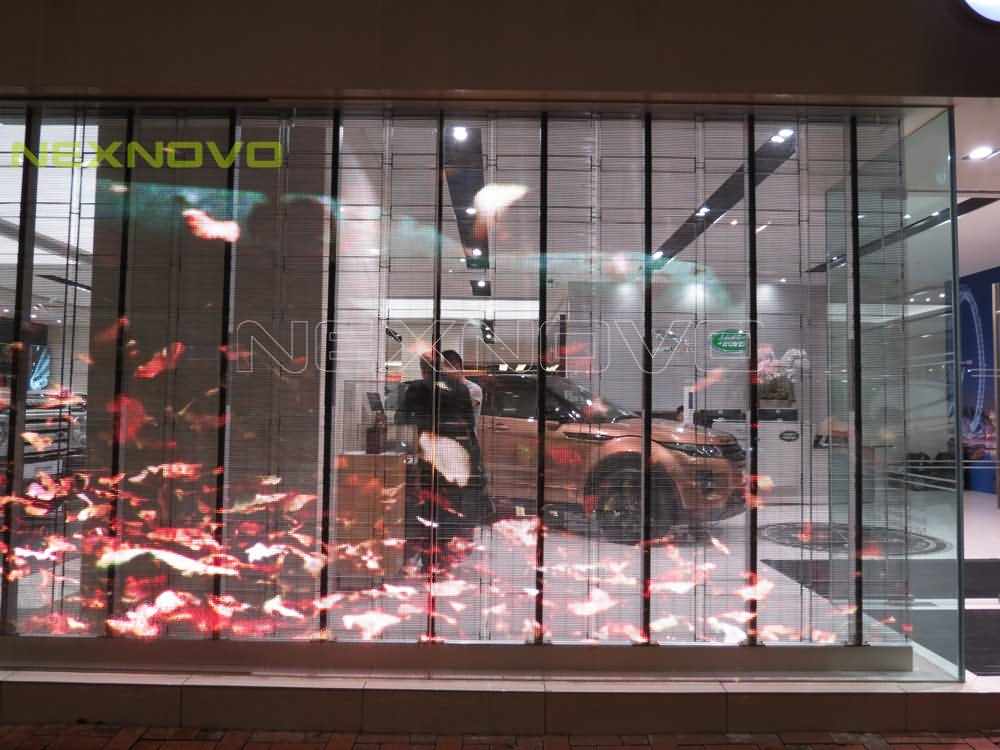
Interactivity
Capacitive touch films with minimal bezel (<0.3 mm) create intuitive experiences—Audi’s Tokyo showroom saw an 88% jump in screen interaction with micro-bezel touchscreen overlays.
Installation & Regulations
Ensure compliance with building, safety, and EMI standards—especially for transparent LED walls integrated near electric vehicles. Modular panels simplify maintenance .
Content Strategy
Leverage short animations, vehicle data overlays, seasonal pop-ups, and QR codes to streamline showroom-to-test-drive conversions. Keep refresh rates smooth to avoid visual lag, a proven detractor of engagement.

Extending Beyond Showrooms
These car dealership window screens aren’t just automotive rockstars—they integrate beautifully into various retail and experiential environments:
- Showroom Facades: Turn the building exterior into a transparent LED billboard for passing traffic.
- Pop-Up EV Experiences: Drive quick, immersive roadshow setups with transparent display booths.
- Luxury Brand Launches: Elevate limited-edition model rollouts with stylized holographic display screens parked behind a window canvas.
- Trade Fairs & Events: Modular transparent video walls create impact without clutter—ideal for high-profile expos.

Overcoming Barriers to Adoption
- Sunlight & Visibility: Use high-nit screens plus high-contrast visuals.
- Budget Realities: Consider rentals, leases, or revenue-share models to defer upfront costs.
- Content Overload: Deploy simple, focused messaging and heat-map testing to find the ideal balance.
- Technical Risks: Redundancy and real-time health monitoring address pixel failure or glass cracks.
The Future of Window Screens in Automotive Retail
Emerging transparent OLED and microLED technologies promise even richer color, deeper blacks, and thinner form factors. Next-gen screens may support AR overlays, gesture navigation, and multi-layer showroom experiences—effectively turning every dealership into an interactive brand center.
Your Roadmap to Launching Window Screens
- Audit your pavilion (window size, ambient lighting, showroom workflow).
- Define clear goals (boost conversions, increase test drives, showcase new models).
- Evaluate options (LED vs OLED, pixel pitch, interactivity).
- Partner with experts (AV integrators who know automotive standards).
- Develop dynamic content (data overlays, configurators, seasonal promotions).
- Pilot in one showroom, track metrics (dwell time, interaction, sales uplift).
- Scale or iterate, using data insights to optimize further.
Final Word: The Transparent Advantage
In an increasingly digital-first world, car dealership window screens offer a compelling hybrid of showroom aesthetics and high-tech UX. They elevate brand presence, optimize space, and offer measurable ROI. Whether you’re a luxury automotive brand or a forward-thinking local dealership, now is the time to adopt transparent LED window technology and accelerate retail innovation.

